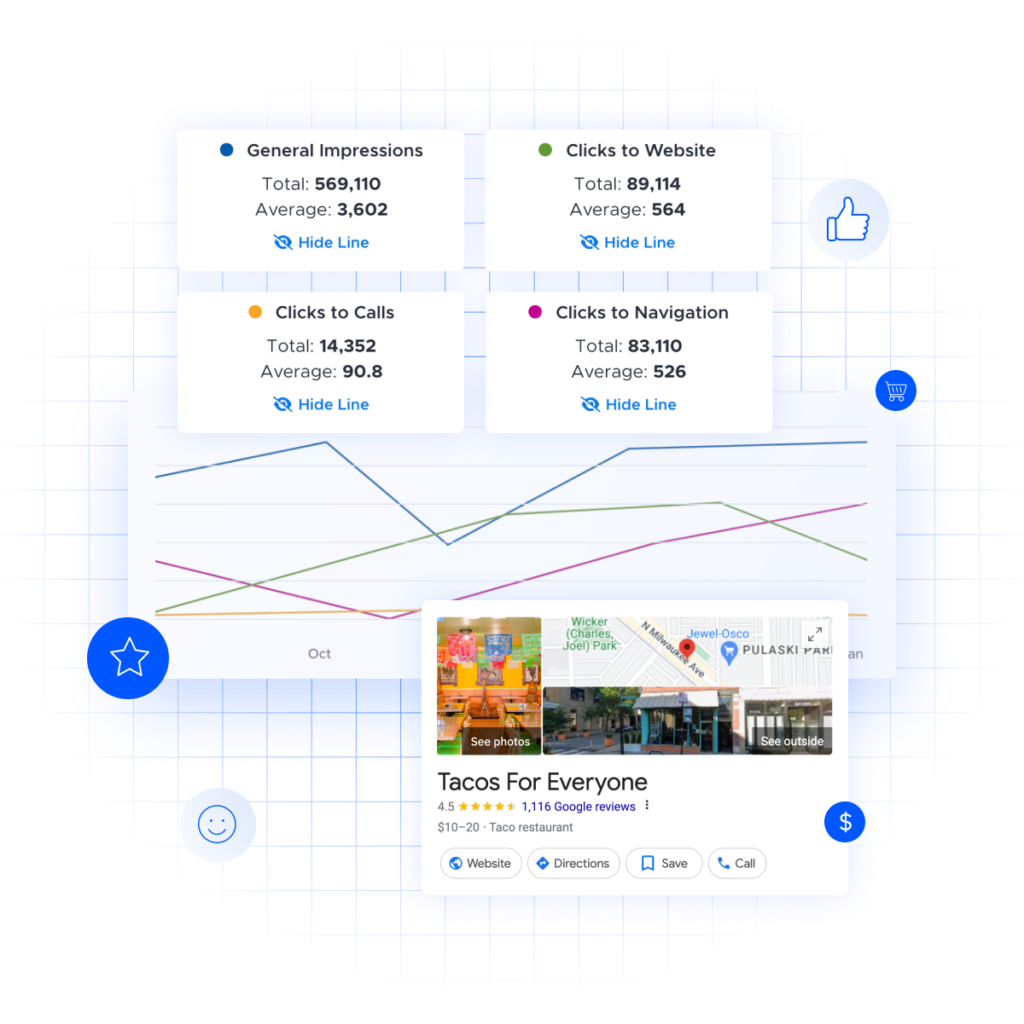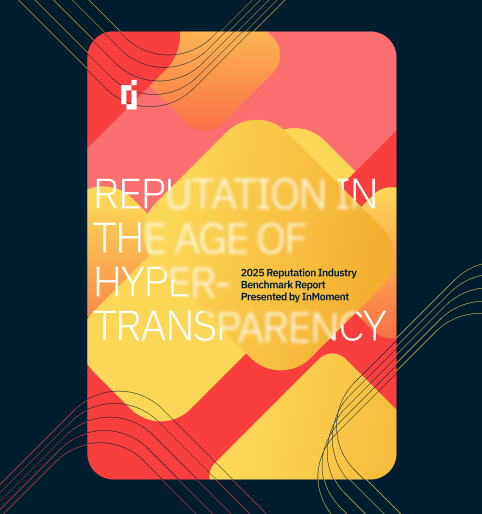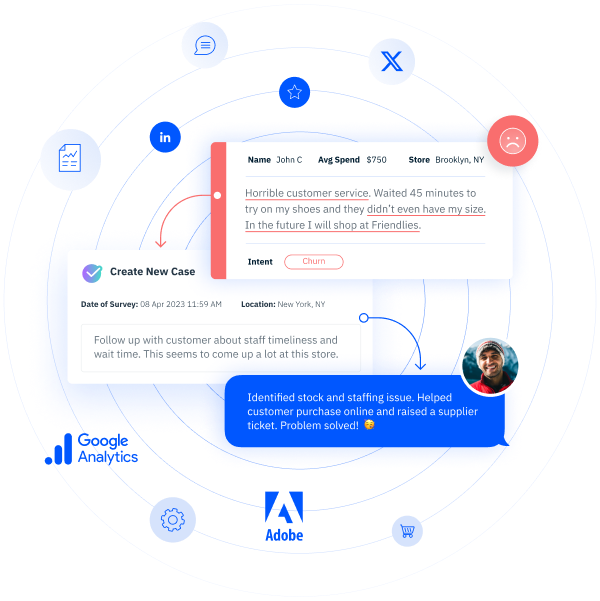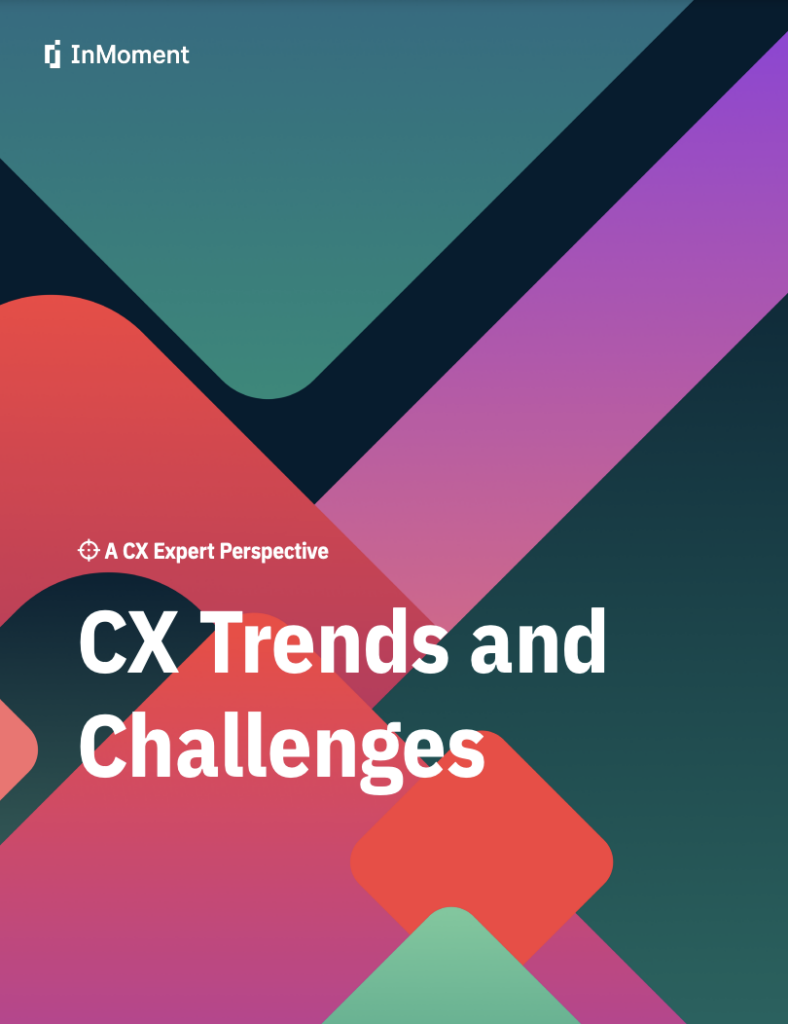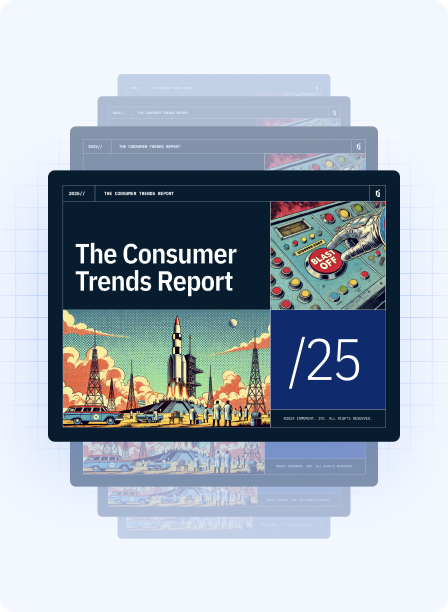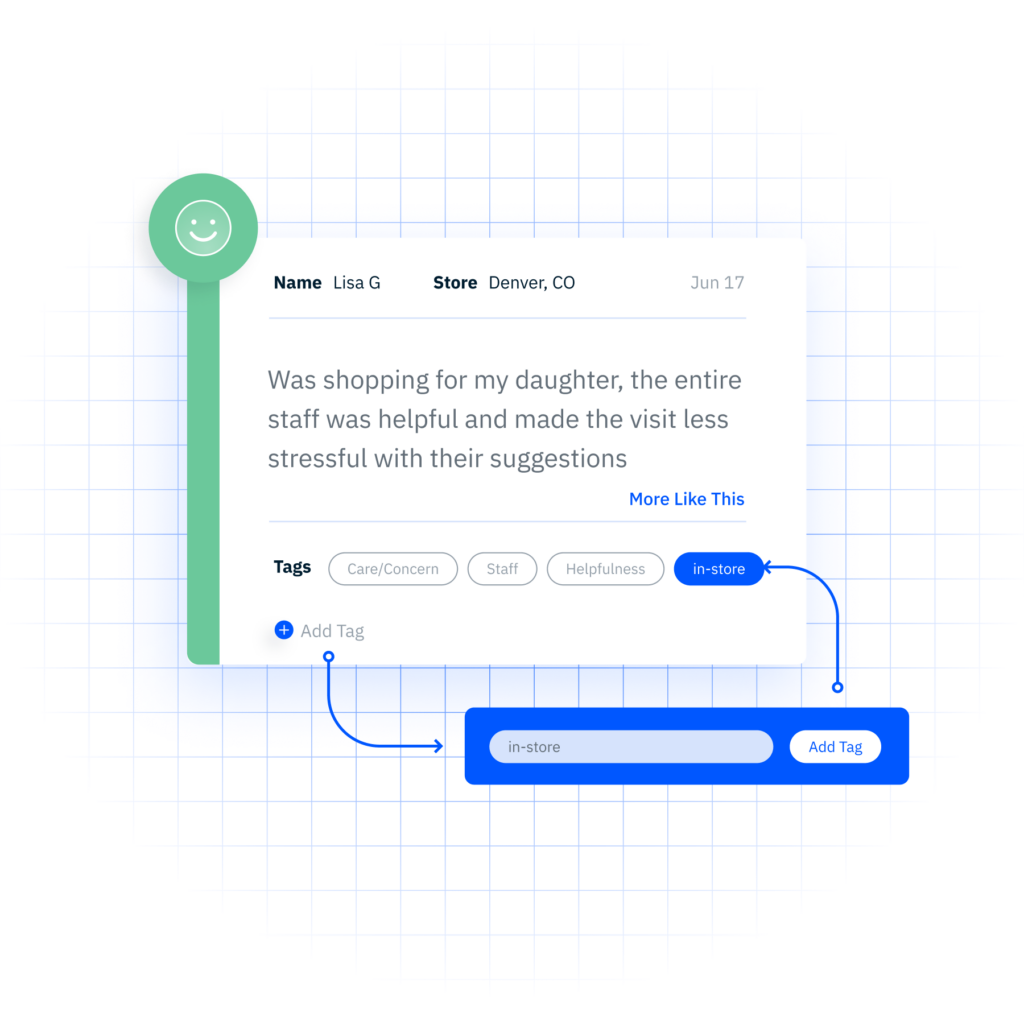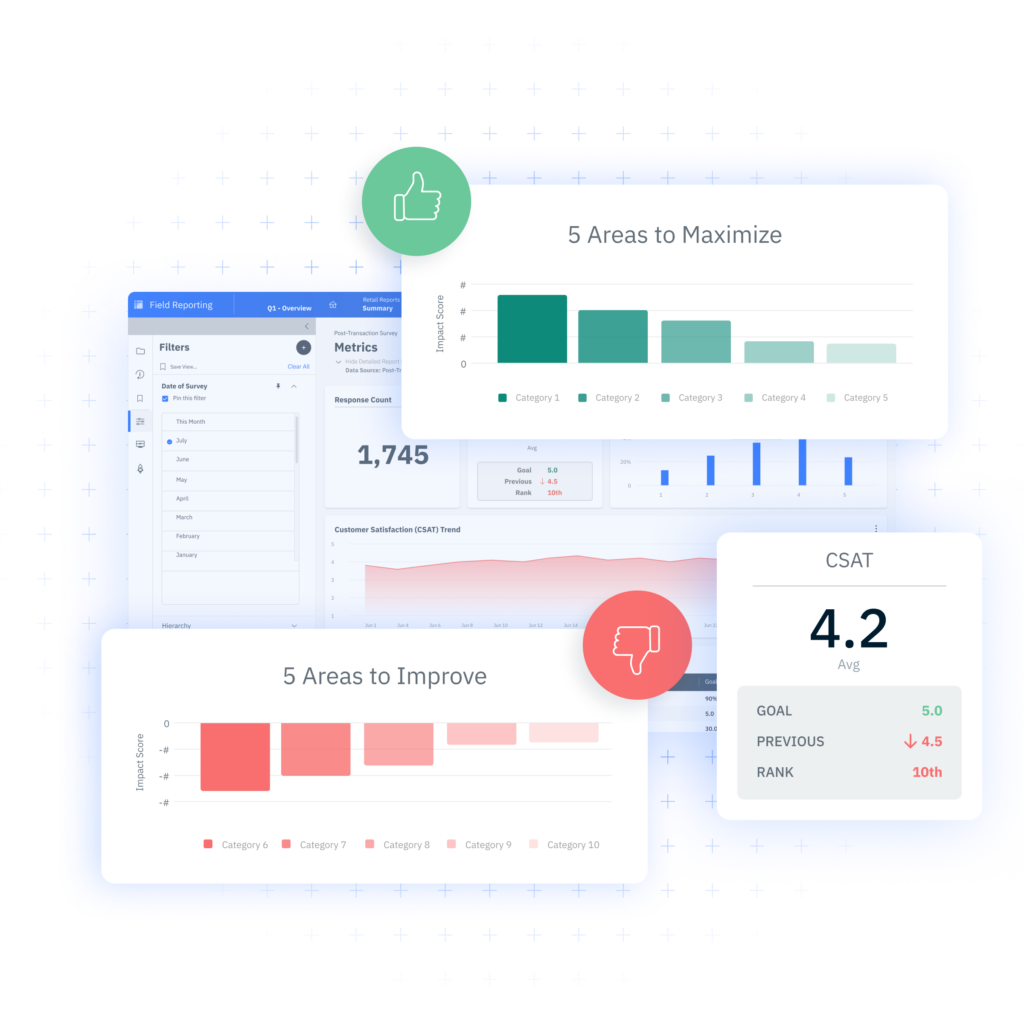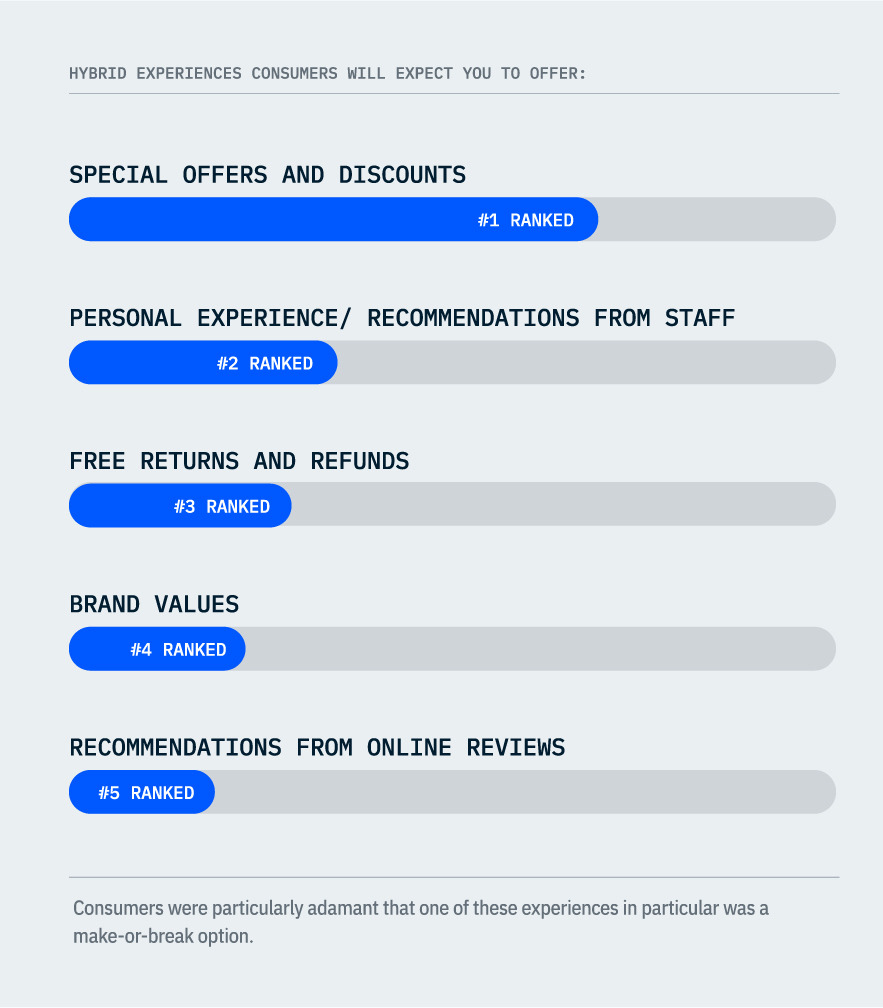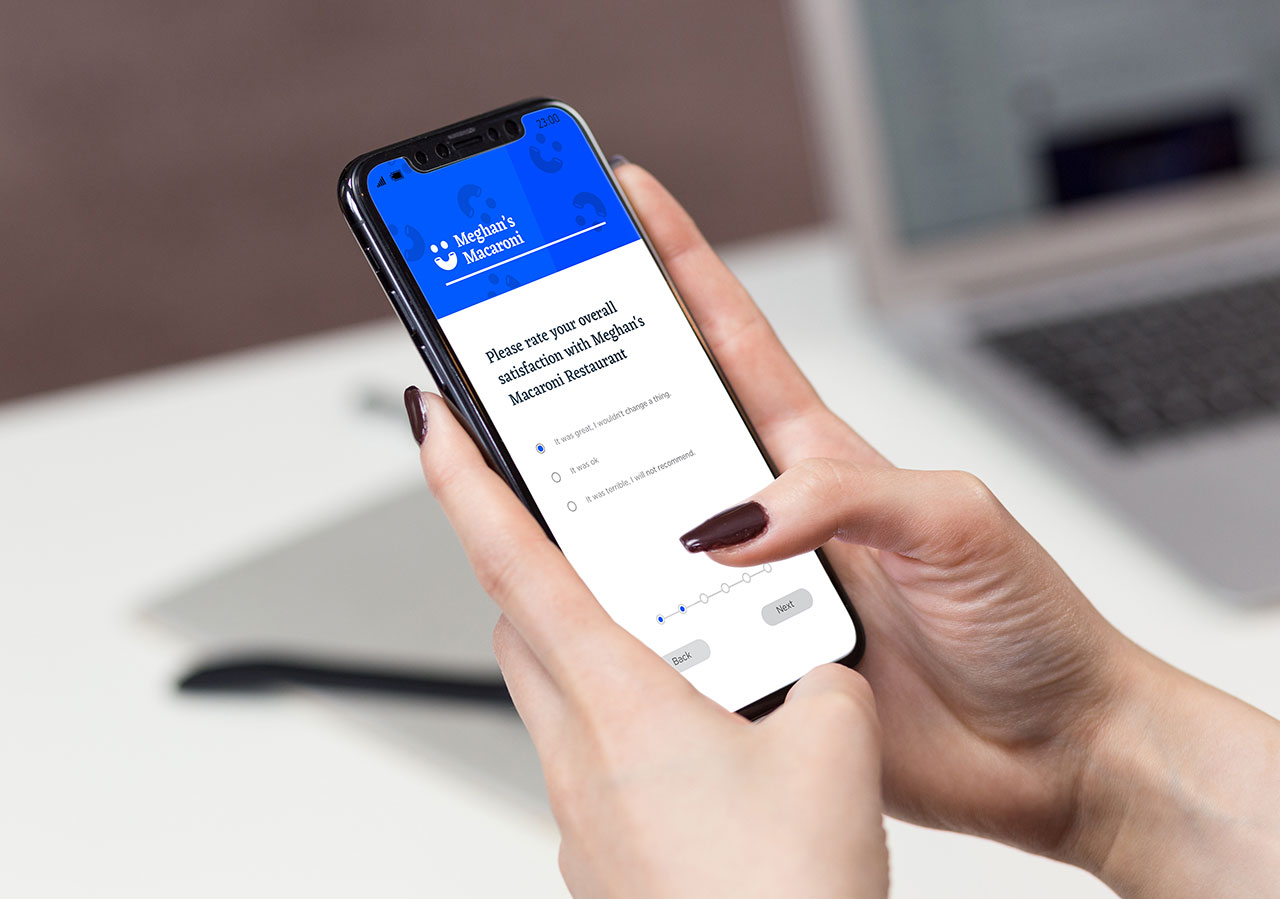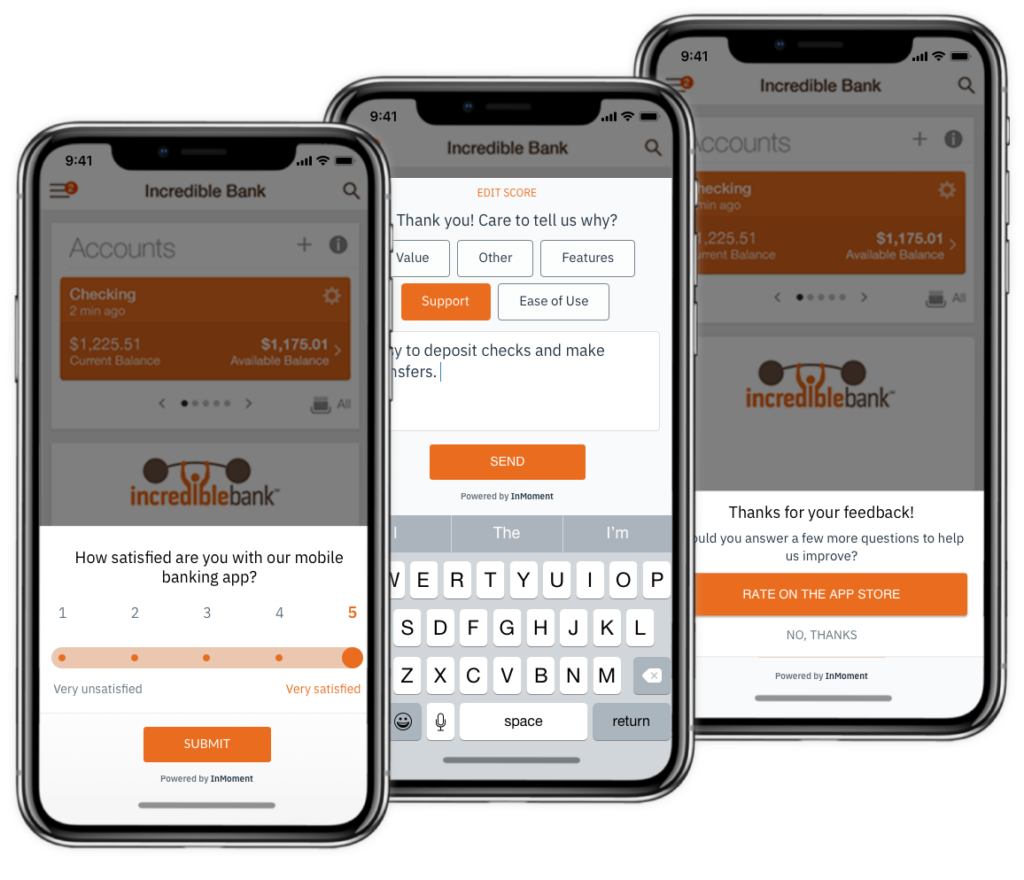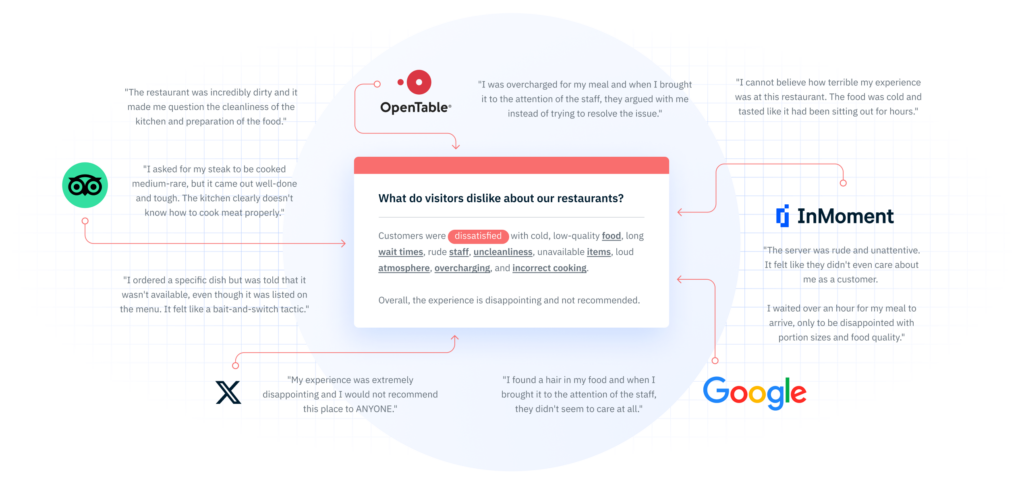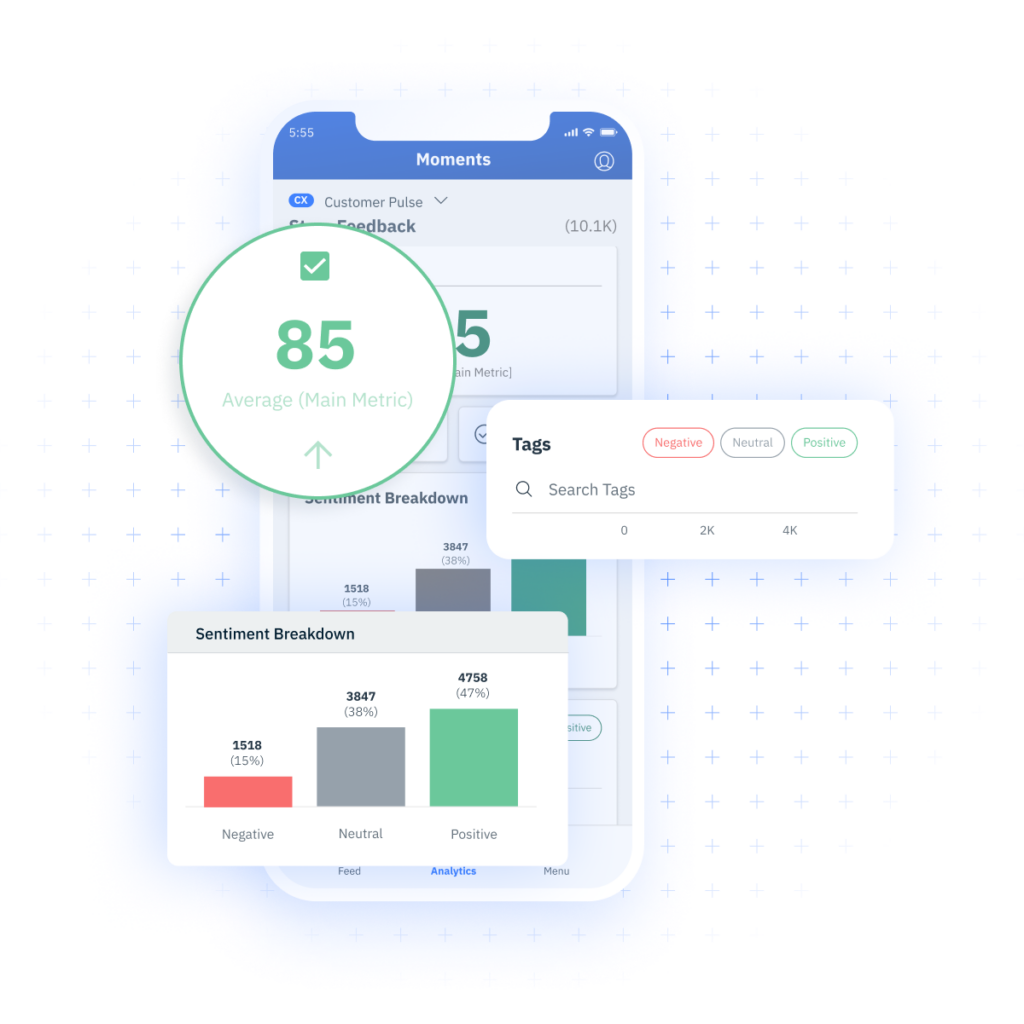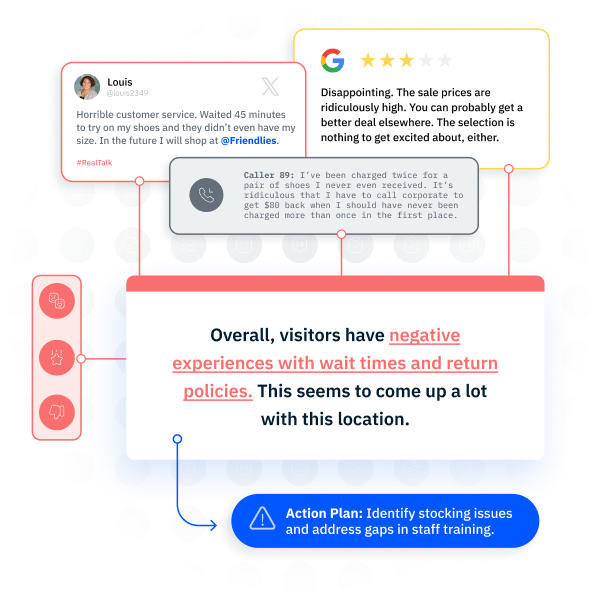
Guiding a loved one through the customer journey of senior living is an intimately personal and emotional endeavor. At the heart of it; senior care is more than finding a place for a loved one to reside. It’s about fostering a community steeped in care, safety, comfort, and boundless joy. In this context, maintaining a sterling reputation in the realm of senior living becomes pivotal—it’s the bridge aligning with the aspirations of those seeking unparalleled care for their cherished family members. Upholding this reputation ensures that your services deeply connect with and satisfy the needs of those pursuing exceptional care for their loved ones.
Why Reputation Management is Important for Senior Care
More than 90% of families heavily rely on online reviews when deciding on senior living communities, a significant increase from the 82% recorded in 2020. This highlights the critical need for a proactive reputation management strategy, not just for sustained success but as an essential component for care organizations aspiring to attract seniors and maintain a reputation for exceptional service acknowledged online. To effectively appeal to these families and surpass competitors, implementing targeted reputation management strategies within senior care is paramount.
Reputation Management Strategies for Senior Living
Crafting a robust reputation management strategy for senior living hinges on understanding your core audience, primarily the families of prospective residents. Their needs, concerns, and expectations form the bedrock of your approach. It’s vital to define clear messaging that resonates with this audience, conveying the essence of your care services consistently across all touchpoints. This consistency in messaging cultivates trust and reliability, crucial elements in building a positive reputation within the senior living landscape.
Once you’ve established alignment with your primary audience and messaging, there are three effective strategies to fortify your reputation: optimizing local business listings, amplifying positive reviews, and harnessing valuable insights from customer feedback. These actions work in unison to bolster your standing within the senior living community, enhancing visibility, credibility, and responsiveness to refine the overall resident experience.
Manage and Optimize Local Business Listings
The primary step toward building your online reputation involves either creating or claiming your business listing across prominent directories like Google Business, Facebook, Bing Places, and Yelp. Given that nearly half of all Google searches, 46% to be exact, incorporate local intent, there’s a significant surge in people actively seeking services like senior care within their local area. By creating or claiming your business listing, you could show up for common search terms such as “senior living near me” or “senior care near me”, while also securing placement in local search maps such as Google Maps or Bing Places.
Ensure Accuracy and Consistency of Your Business Information
Once your business listing is verified, the subsequent stride involves furnishing comprehensive business information, encompassing the business name, address, phone number, website, and operating hours. Maintaining not just accuracy but also consistency across these details is paramount. Even minor details like abbreviations and punctuations, should be unified across all your owned business listings.
Save Time with Listing Management Tools
Managing multiple locations across diverse business directories can be time-consuming and prone to errors, potentially resulting in misinformation that may dissuade families from exploring your offerings in favor of competitors. Additionally, inconsistencies in information can negatively affect your local listing rankings. To streamline this process and minimize errors, leveraging local listing management tools becomes imperative. These tools facilitate effortless monitoring and management of your business listings with minimal effort, ensuring that your business information remains consistently accurate and reliable for online users.
Crafting an Effective Approach for Gathering Reviews
Ensuring a thriving senior residence involves not just providing exceptional care but also fostering a sense of trust and community. One effective way to achieve this is by actively seeking and encouraging reviews from residents and their families. Begin by creating a positive environment that naturally elicits positive customer feedback and optimizes your senior living reviews. Train your staff to prioritize personalized care, addressing the unique needs and preferences of each resident.

Leverage Popular Review Sites
Encourage residents and their families to share their experiences on popular review sites. You can boost the volume of feedback you receive by simplifying the process like generating a feedback link such as a Facebook or Google review link and sending it directly via email. Another option worth exploring is the integration of QR codes into your mailing materials, contributing to a seamless and efficient feedback gathering process. Additionally, leverage the power of social media to engage with your community. Share heartwarming stories, testimonials, and encourage open conversations. Create an online space where residents and their families feel comfortable expressing their thoughts about the community.
Surveys and Follow-Up
Implementing a structured feedback system is crucial. Utilize online surveys and send follow-up emails after positive interactions to kindly request reviews. By showcasing the positive aspects of your senior living community and actively seeking feedback, you not only create a transparent and open atmosphere but also enhance your community’s online presence, attracting potential residents who value authenticity and personal care.
Highlight and Promote Positive Reviews
For families embarking on the journey to find the perfect senior living community is a significant step often guided by heartfelt experiences shared through reviews. While your messaging can do the best it can to persuade people to visit your community, it’s the sincere stories of families who have walked the same path that truly touch the heart and convince them to schedule a visit. Therefore, it’s important to highlight these positive reviews to showcase the compassionate care your facility provides.
Don’t be afraid to seek feedback, instead consider it a treasure trove of shared experiences that can guide others on their senior care journey. It also opens the door to uncover opportunities to improve care and trends to outperform local competitors. People prefer to read the authentic voices of those who have interacted with your staff and experienced the warmth of your facilities. These stories hold immeasurable value as they provide a genuine take on the senior living experience. Actively seek out these stories, the ones that capture the essence of your community, and bring them to the forefront. Share them within your marketing materials, website, and social media.
Managing these reviews and populating them on your website can be time-consuming and tedious. To help automate this process, there are many review widgets and software that can help including InMoment’s reputation management software. With this tool, your team can effortlessly weave review widgets throughout the website starting with the homepage, creating a virtual tapestry of shared moments as they navigate and explore living options. You can even dedicate a whole webpage to these stories highlighting appreciation and gratitude for current residents, offering solace and insight to those considering your community.
For many families and seniors, these heartfelt narratives become the deciding factor in choosing a senior care service or facility. By delicately placing recent testimonials alongside the commendations from other seniors, you not only simplify the research process but also cultivate trust. It’s a testament to your commitment to transparency and creating a genuinely compassionate senior living experience. Every review is not just a reflection of your facility; it’s a shared journey of care, empathy, and support.
Extract Valuable Insights from Feedback
An integral aspect of any senior care reputation management strategy involves enhancing the overall living experience. Testimonials go beyond attracting new residents; they serve as a reflection of the quality of care. For example, you may receive responses highlighting that cleanliness is frequently associated with positive feedback, while there may be negative sentiment often related to the lack of attentiveness. Therefore, tapping into recent reviews will not only reveal the strengths of senior living but also bring to light areas of improvement that might be overlooked.
Streamline Analysis with AI
However, combing through every feedback can be a labor-intensive and time-consuming task. To accurately understand and uncover overarching themes, you would need to manually identify keywords indicative of positive or negative sentiments. This could take days or even weeks to organize and finalize insights into an actionable strategy that could improve your senior living reputation.
However, with today’s technological advancements, this process can be automated. By harnessing customer experience AI, hundreds or even thousands of reviews can be analyzed within minutes, providing accurate keyword analysis and trending data. Obtaining this accurate and insightful data in a shorter period of time, allows your team to quickly implement operational changes to positively impact the quality of care. This not only brings satisfaction to current residents but also leaves a lasting impression on those considering your senior care facility. Taking swift action based on review data demonstrates that you’re attuned to the needs of your seniors—a crucial factor for individuals seeking senior care options.
How to Pick the Right Reputation Management Partner
Selecting the appropriate reputation management partner for a senior living community is a pivotal step in ensuring a positive and trustworthy image in the eyes of residents and their families. Begin by clearly outlining the specific needs and goals unique to a senior living environment. Identify areas that require attention, whether it’s maintaining positive reviews, managing feedback, or enhancing the overall perception of the community.
Research and Proof of Success
Conduct comprehensive research to identify reputation management companies with expertise in the senior living industry. Explore their track record, focusing on case studies, client testimonials, and online reviews related to senior care facilities. Seek recommendations from other senior living communities or industry professionals who have faced similar challenges.
Open Communication and Transparency
Transparency is crucial in this partnership, particularly in the realm of senior care where trust is paramount. Opt for a reputation management partner who is open about their strategies, methodologies, and reporting processes. Effective communication is key, ensuring that the partner keeps you informed throughout the entire process, addressing concerns and aligning their efforts with the unique values and objectives of the senior community.
Evaluate Services
While budget considerations are important, prioritize value over cost. Evaluate the services offered by potential partners, looking for options that cater specifically to the needs of a senior living community. Assess the long-term benefits of their solutions, considering how their strategies can positively impact the community’s reputation and resident satisfaction.
Streamlined Services and Technology
Seeking a reputation management partner for your senior care facility should involve those equipped with modern, advanced technology to enhance operational efficiency. Look for a partner that simplifies the monitoring and management of your reputation, utilizing cutting-edge tools like Artificial Intelligence (AI) to streamline workflows. The objective is to reduce the workload on your team, ensuring that the technology doesn’t create additional burdens but rather facilitates smoother processes. By embracing such advanced solutions, your team can redirect their focus towards more vital strategies, particularly in enhancing the overall senior living experience.
Integrations
In addition to selecting a partner with dependable technology, it’s important that they can integrate with widely-used senior living platforms. An effective reputation management strategy for senior living entails the ability to effortlessly aggregate, view, and respond to reviews on these platforms. For example, InMoment’s award-winning feedback software can easily integrate with the well-known senior care network, A Place for Mom, where hundreds of thousands of reviews offer first-hand experience from seniors and their loved ones.
In essence, finding the right reputation management partner for a senior community involves meticulous research, transparent communication, and a keen understanding of the unique challenges and values within the senior care industry. This approach will help establish a partnership that safeguards the reputation of the community and fosters trust among residents and their families.
Take Charge of Your Senior Living Reputation Management with InMoment
Guiding a loved one through the senior living journey requires a reputation management strategy that transcends the traditional view of care facilities. It’s about fostering a community rooted in care, safety, and joy. As more than 90% of families turn to online reviews, implementing targeted reputation management strategies becomes imperative. Choosing the right reputation management partner involves thorough research and transparency, aligning strategies with the unique needs of the senior care industry. With the right approach, senior care facilities can thrive in the digital landscape, attracting contented families and standing out in the competitive senior living market. Discover how InMoment can help senior living communities navigate the evolving digital landscape successfully, by scheduling a reputation management demo. Start building a favorable reputation that not only draws in families but also distinguishes your senior living community in the competitive market.
References
LinkedIn. The Power of Reviews: Why Senior Living Communities Need to Prioritize Online Reputation Management. (https://www.linkedin.com/pulse/power-reviews-why-senior-living-communities-need/) Accessed 1/9/24.
Creating Results. 8 Senior Living Statistics You Should Know. (https://creatingresults.com/blog/2020/08/27/8-senior-living-statistics/) Accessed 1/9/24.
Safari Digital. 18 Local SEO Statistics that Matter in 2023. (https://www.safaridigital.com.au/blog/local-seo-statistics/) Accessed 1/9/24.
